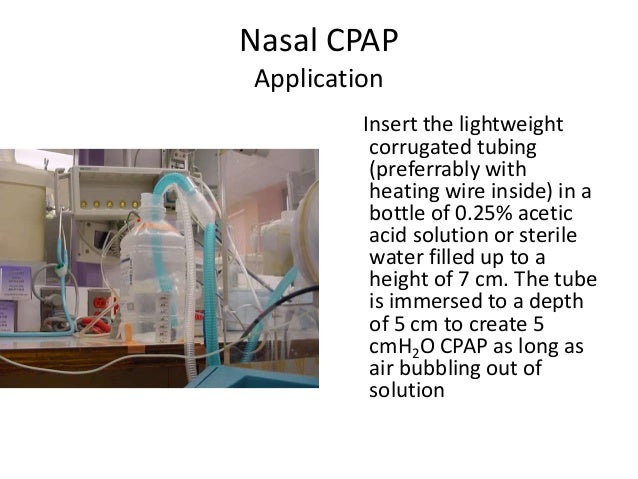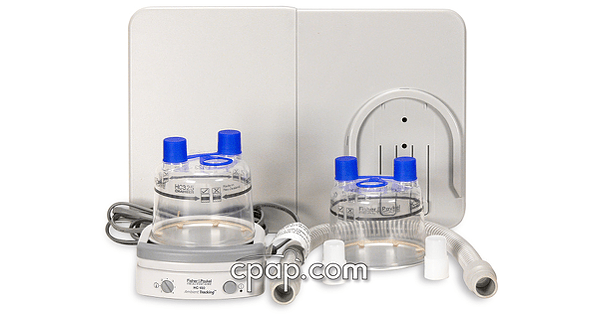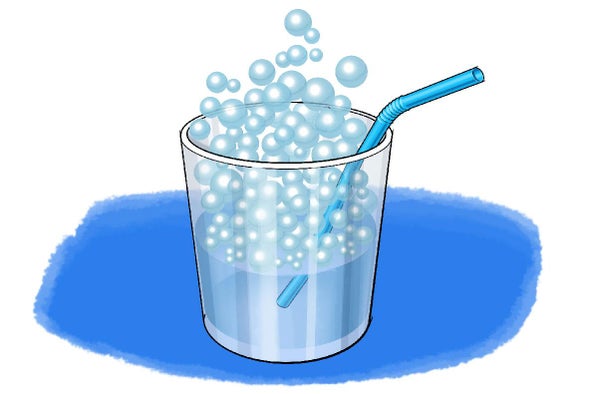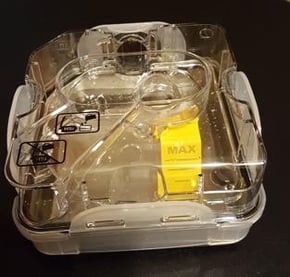The dangers tap water in your cpap humidifier when it comes to filling your humidifier chamber remember that even if you boil tap water you can t fully remove minerals or chemical contaminants even though it will kill microbes.
Cpap machine water bubbling.
1 how can it be avoided.
When the temperature drops in the fall and winter many patients experience water condensation in their tubing and masks.
On the other hand bubble cpap devices are much simpler than ventilator derived cpap often consisting only of humidified bias flow being delivered into the inspiratory limb and the cpap level set based on the distance the expiratory limb of the circuit is submerged into a water seal chamber.
As a result condensation builds up inside the tubing as well as the mask.
Bubble cpap is a non invasive ventilation strategy for newborns with infant respiratory distress syndrome irds.
It is one of the methods by which continuous positive airway pressure cpap is delivered to a spontaneously breathing newborn to maintain lung volumes during expiration.
Not all bubbling is good bubbling since its introduction over 30 years ago 1 bubble cpap has become an important part of the management of neo natal respiratory distress syndrome.
As you sleep soundly aided by the use of continuous positive airway pressure cpap a sputtering noise begins and soon water is splashing you in the face through your mask waking you up.
Similar to ventilator derived or machine derived cpap devices bubble cpap devices apply pressure to the neonatal respiratory system via nasal prongs placed into the infant s nostrils.
The water will still remain hard meaning it contains minerals such as calcium iron magnesium and more.
With this method blended and humidified oxygen is delivered via short binasal prongs or a nasal mask and.
As the air cools the moisture from the air condenses into droplets inside of the tubing.
The heated humidifier is a chamber filled with water that sits on a heater plate.
This lead to water shooting out of the tank and into the discharge of the cpap which then accumulated in the tube.
Moisture in the cpap tubing or mask is a frequent and annoying occurrence with the use of a heated humidifier.
Your nasal airways are no longer overwhelmed and nasal congestion is prevented.
If like most cpap users you re using a heated humidifier the air is heated in the humidifier and flows through the tubing up to the mask and into your airway.
You ll better gauge the leakage rate at full pressure if you are using the ramp feature this way.
My suggestion is not to eliminate all of the water entirely but to lessen the amount of water in your tank to 3 4 or 1 2 and do a mask fit test with your cpap.



























